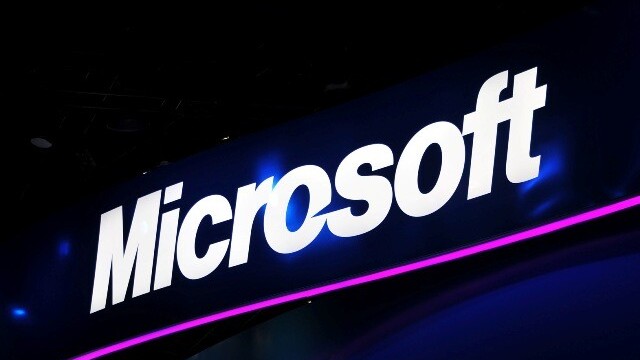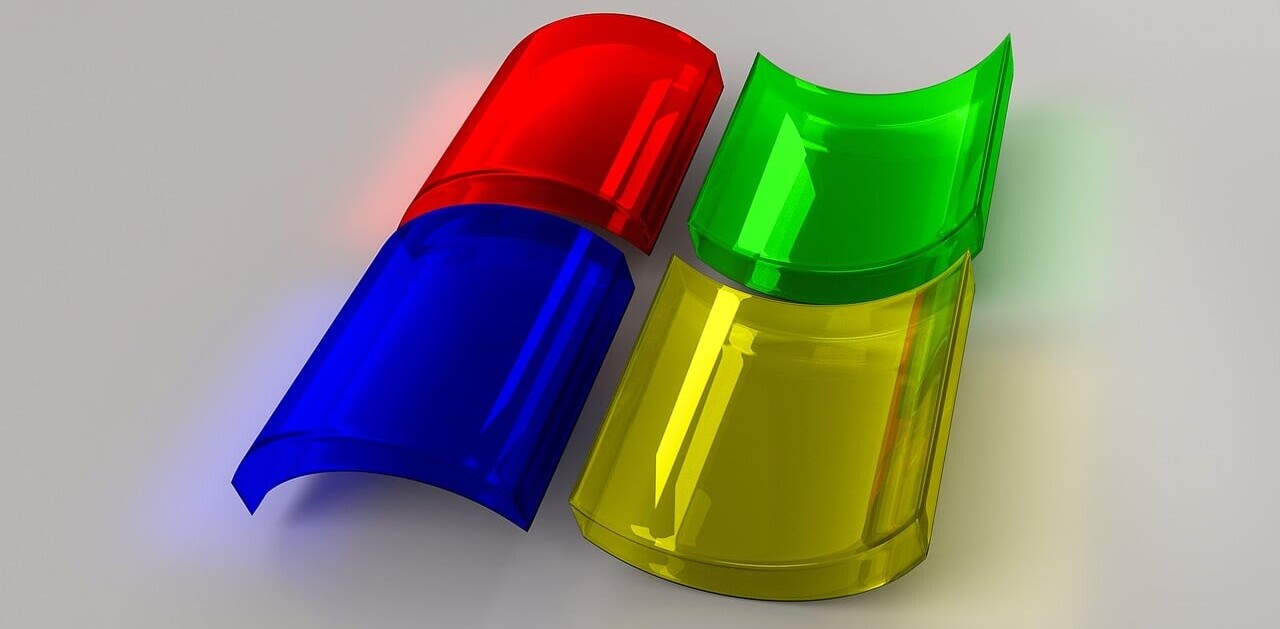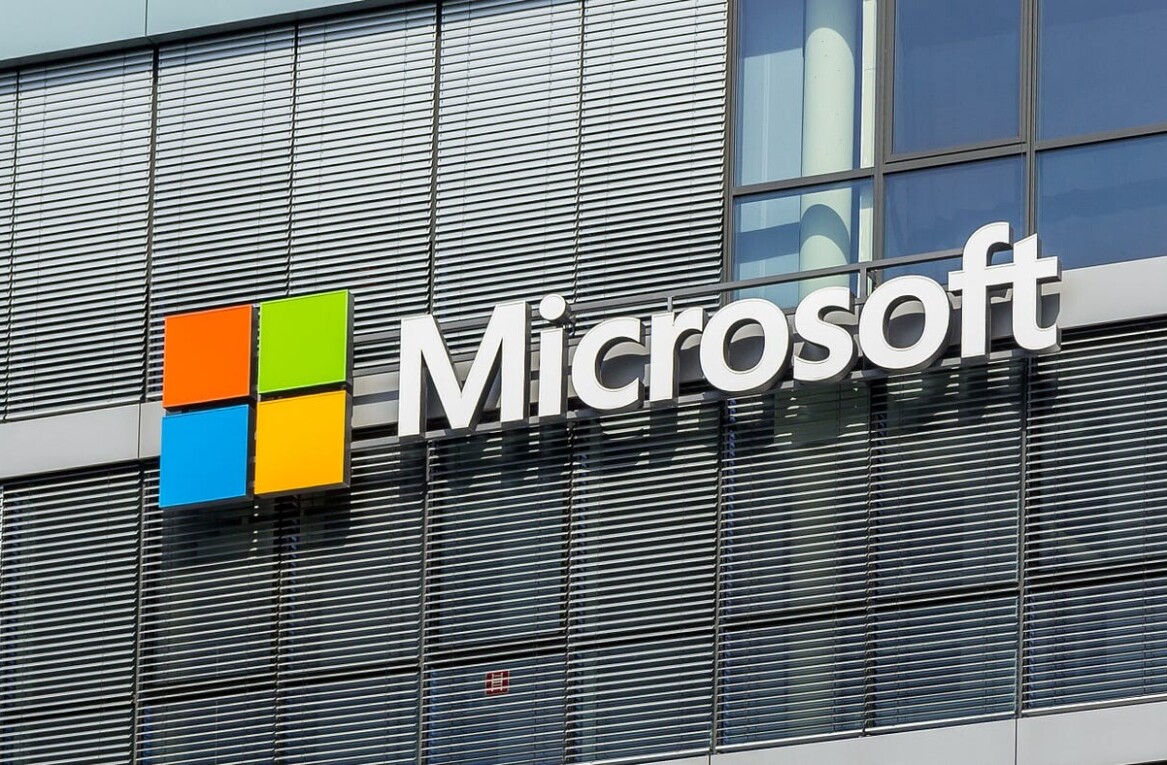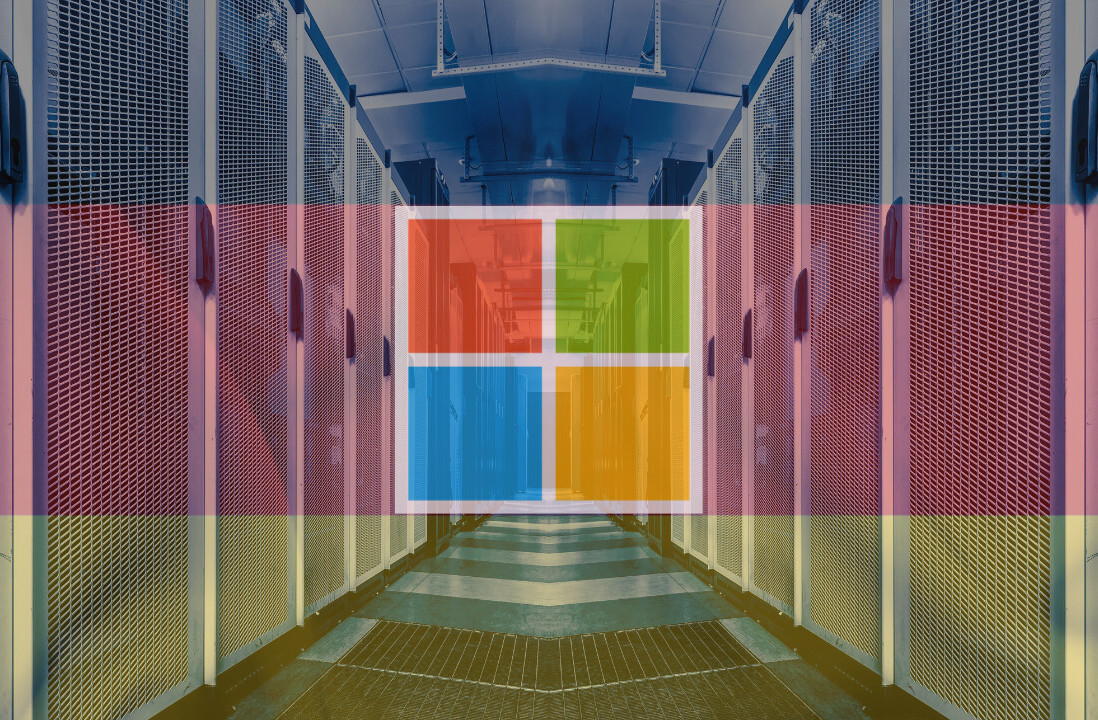
With Chrome recently surpassing Firefox as the world’s number two browser, and Internet Explorer (IE) also looking over its shoulder as we reported earlier today, it comes as little surprise to learn that Microsoft will soon begin pushing IE users into upgrading their old browsers with automatic updates, as it seeks to reclaim lost ground in the browser market.
“Today we are sharing our plan to automatically upgrade Windows customers to the latest version of Internet Explorer available for their PC”, says Ryan Gavin General Manager, Internet Explorer Business and Marketing. “This is an important step in helping to move the Web forward. We will start in January for customers in Australia and Brazil who have turned on automatic updating via Windows Update. Similar to our release of IE9 earlier this year, we will take a measured approach, scaling up over time.”
Fighting IE6
Back in September, we spoke with Alex Russell, the Google Chrome developer who’s fighting IE6 so you don’t have to. When I asked him at the time if it was worrying that 10% of Internet users still use IE6. He said:
“It’s not as worrying as it used to be, but it is indicative of a larger problem that we’ll face. IE 6 is one issue, and it’s one of the most easily identifiable problem browsers today. IE 6 was the single best browser you could get when it was released, but that was 10 years ago, it’s just so old now.
With Chrome, we’re doing a release every 6 weeks, and it’s in everyone’s hands within a couple of weeks. The timescale in which the browser world is evolving has changed dramatically. The tongue-in cheek note about ‘fighting IE 6 so you don’t have to’, was actually a reference to a product I’m working on called Google Chrome Frame.”
Modern Web standards
Indeed, one of the biggest problems with older browsers is that they simply can’t cope with a lot of the modern Web tools and applications. That’s why Chrome Frame came into existence, to act as a sort of digital gaffer tape for old browsers.
“Our goal is to make sure that Windows customers have the most up-to-date and safest browsing experience possible, with the best protections against malicious software such as malware”, continues Gavin. “For consumers, the safety benefits are one of the key reasons that the industry has been moving towards automatic updates as the norm. This is increasingly important since the biggest online threat these days is socially engineered malware, which typically targets outdated software like Web browsers. The latest Microsoft Security Intelligence Report, which is based on data from over 600 million systems in over 100 countries, is good reading to give you a sense of risks that stem from outdated software.”
So, Microsoft will start making the update process a lot simpler on Windows machines. With automatic updates enabled through Windows Update, users will receive IE9 and all future versions of Internet Explorer without noticing it. It’s worth noting that patches and new versions of IE browsers are already available via Windows Update, but shifting up a version has never really been fully automated, requiring users to manually guide the update process.
IE9 was built to cater for modern Web standards but a big issue for developers has been building websites and applications that are backwards compatible. Browsers built almost a decade ago weren’t designed with HTML5 in mind, so this move could see a much bigger portion of the Web become more involved in the digital revolution.
Opting out
Gavin acknowledges that some organizations and customers “may want to opt-out and set their own upgrade pace”, noting that Microsoft is committed to striking the right balance for consumers and enterprises. “The Internet Explorer 8 and Internet Explorer 9 Automatic Update Blocker toolkits prevent automatic upgrades of IE for Windows customers who do not want them”, adds Gavin. “Of course, we firmly believe that IE9 is the most compelling browser for business customers, and we want them to make the decision to upgrade at their convenience.”
Furthermore, if you have previously declined installations of IE8 or IE9 through Windows Update you won’t be automatically updated. You can also uninstall updates and receive support for the version of IE that came with your copy of Windows. All future versions of IE will have an in-built feature to opt-out of automatic upgrading.
Get the TNW newsletter
Get the most important tech news in your inbox each week.




